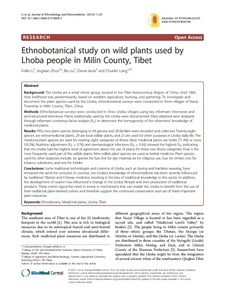Location
For over 15 years, we have been making scientific research freely accessible and discoverable through partnerships, innovation and collaboration with the scientific community. Dedicated to open research, we now publish over 290 quality peer-reviewed journals in Biology, Clinical Medicine and Health.
BMC has an evolving portfolio of some 300 peer-reviewed journals, sharing discoveries from research communities in science, technology, engineering and medicine. In 1999 we made high quality research open to everyone who needed to access it – and in making the open access model sustainable, we changed the world of academic publishing.
We are committed to continual innovation in research publishing to better support the needs of our communities, ensuring the integrity of the research we publish and championing the benefits of open research for all.
Our leading research journals include selective broad interest titles such as Genome Biology and Genome Medicine, academic journals such as Malaria Journaland Microbiome and the BMC series, 65 inclusive journals focused on the needs of individual research communities. We also partner with leading institutions and societies to publish journals on their behalf.
BMC is part of Springer Nature, giving us greater opportunities to help authors everywhere make more connections with research communities across the world.
Members:
Resources
Displaying 11 - 11 of 11Ethnobotanical study on wild plants used by Lhoba people in Milin County, Tibet.
The Lhoba are a small ethnic group, located in the Tibet Autonomous Region of China. Until 1960, their livelihood was predominantly based on swidden agriculture, hunting, and gathering. To investigate and document the plant species used by the Lhoba, ethnobotanical surveys were conducted in three villages of Nanyi Township in Milin County, Tibet, China.



